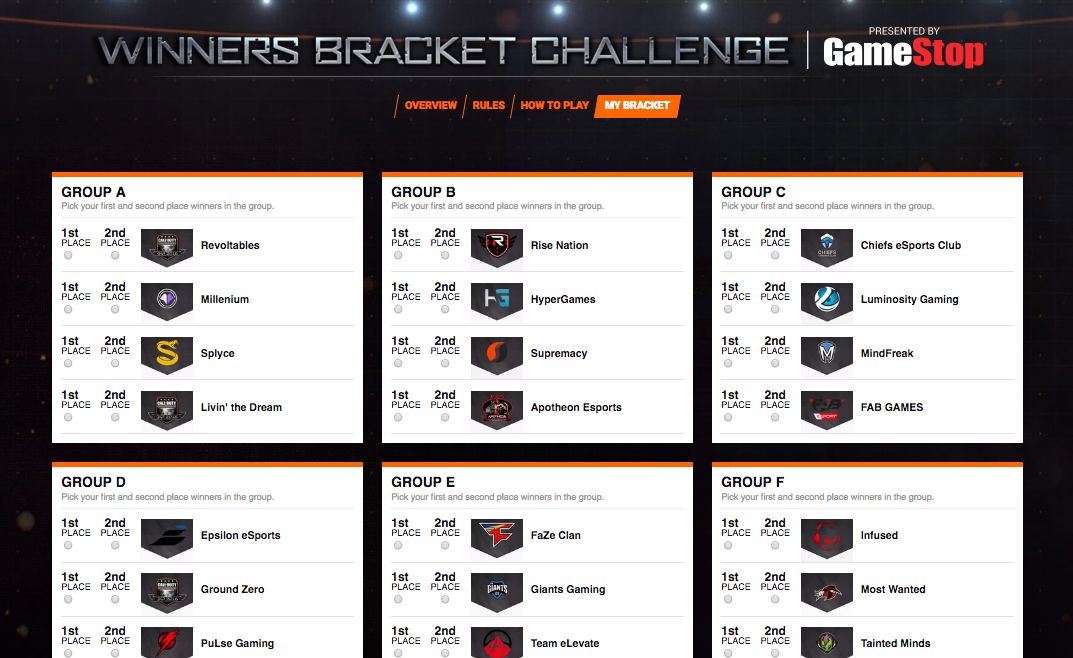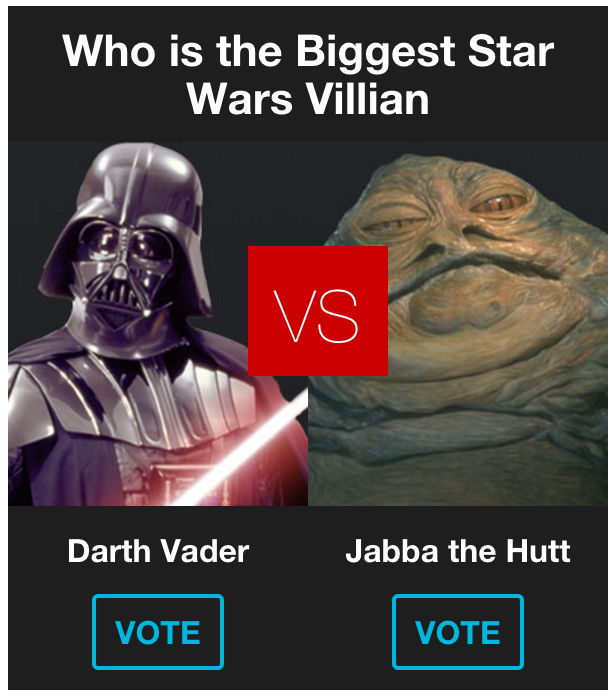Millennials are spending a huge amount of time on professional video game tournaments, also known as eSports.
According to research firm Newzoo – eSports is now a $278 million dollar industry could surpass $1 billion as early as 2018. The firm also estimates that there are nearly 205 million Electronic Sports fans and would grow to nearly 335 million by 2017. That is why many gaming companies, sports and even brands are investing heavily in it.
So what exactly is eSports?
Electronic sports, more commonly referred to as eSports, is quickly becoming the next big thing in the entertainment world, where professional players compete in multiplayer video game competitions that are viewed by huge worldwide audiences. The growth in this market is attracting attention from business professionals across many fields who want a part of the action, but for eSports to reach its potential, marketers are going to need to be creative in the way they engage their audiences, and interactive content can help.
The State of eSports
To understand how to market and where to place resources in the eSports sector, it is important to understand where the industry has been and where it’s going in the future. In the past decade, eSports have come a long way. Advancements in technology have allowed for the development of games that involve an immense amount of strategy and have networks of players that span the globe. These expansive online networks not only allowed friends to play together but allowed players to form teams to be more strategic and build a chemistry together, in the same way a traditional sports team would (if you have an economics background, you are very familiar with specialization leading to higher efficiency). As the best players teamed up, they needed the ability to face off against the other top teams, thus grew the eSports tournaments that we see today.
At the same time that developments in gameplay were being made, the generation of people who grew up playing video games got older and so did their desire to consume content relevant to their favorite pastime. This was initially seen in people who posted their gameplay and commentary on YouTube. Then came the ability to stream content live through services like Twitch, where millions of viewers go to watch live gameplay of their favorite games. The culmination of the progress in game development and viewership have resulted in a massive opportunities in eSports.
These opportunities have certainly not gone unnoticed as investments in eSports teams, gaming companies, and eSports broadcasting rights have been rapidly pouring in from tech companies, venture capital firms, and mainstream media outlets. Companies like USM Holdings- a diversified international company with significant interests across the metals and mining, telecoms, internet and media sectors has invested more than 100 million USD in eSports.
Even executives like Mark Cuban from traditional sports teams are looking to get involved. We have already seen live eSports events screened on cable networks like ESPN2, ESPNU, and TBS, and it was recently announced that the Pac-12 Sports conference will begin to sponsor collegiate eSports events that will air on their own network beginning this fall.
CPG brands like Coca-Cola and Red Bull are also investing heavily on eSports to reach new & passionate fans, and grow their brand awareness.
Interactive Content and Its Role in eSports
As companies look to grow within the eSports industry, they need to look for ways to engage a wider and more casual audience without alienating their loyal viewer base. To do this we can look at what is working within eSports and what attributes of other spectator sports can be borrowed to help engage the viewer. That is where Interactive Content can play a vital role. Companies can easily use Interactive content tools such as Brackets, Polls and Quizzes to engage their passionate fans, gain valuable feedback, capture sentiment and keep them excited about eSports.
Here are some examples:
- Fantasy Sports and NCAA Style Brackets: Fantasy sports are huge in more traditional sports such as Football and Basketball, but are still in beginning stages in other categories. They allow viewers to feel more attached to the sport and increase viewership in games involving teams that aren’t their own. Just like in fantasy sports, in eSports Bracket campaigns work really well where users can predict the outcome of the tournament by voting on the their favorites in round by round matchups. Blizzard Entertainment created a bracket challenge for Heroes of the Dorm and ran it as a sweepstakes to give away prizes, engaged their fans and used it for community building.

- Live Polls/Matchups: While streamers are broadcasting their play or any live event, sometimes they poll their audience, which can either serve to influence gameplay or ask questions that gauge audience opinions in real time. For example, in eSports, companies can create MatchUps where users can vote and predict who is going to win the next match. Here is an example:

All of these avenues can be integrated going forward. While live chats may not be feasible on television, they can develop mobile and web apps that allow for the same type of interaction between users and be an avenue for pushing further content, like the live polls. Right now, the polls being used are very simple, but there are huge possibilities when it comes to making polls, that include embedded media such as photos and videos. Additionally, eSports needs to draw from what has been working for other sports, like creating fantasy leagues during general play and using prediction tournament brackets to increase engagement in large tournaments.
Conclusion:
For eSports to maximize their growth potential, should be incorporated into marketing campaigns. If eSports wants to effectively transition mainstream media outlets like cable television, it will need to be adaptive to new viewers interests while being conscientious of their established audience. Many companies see the use of interactive content and how it will play an important part in eSports industry. If you want to learn and create interactive campaigns for eSports, contact us.